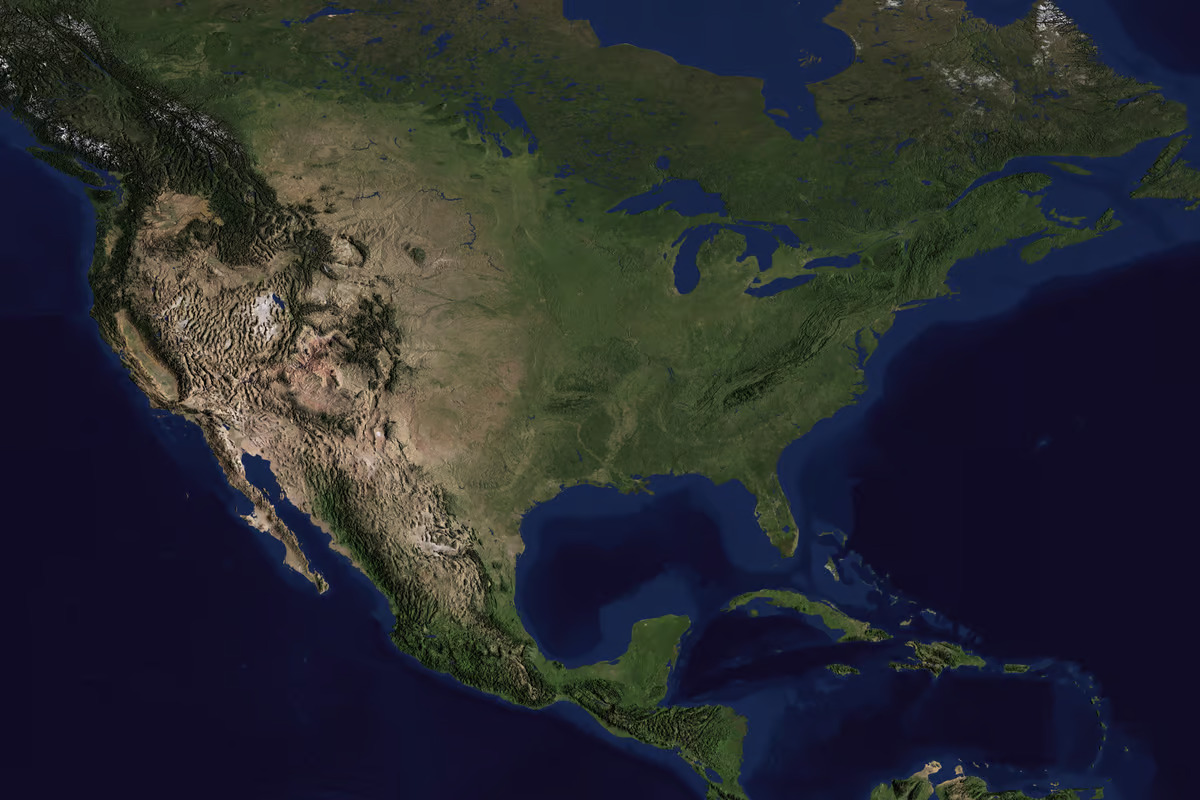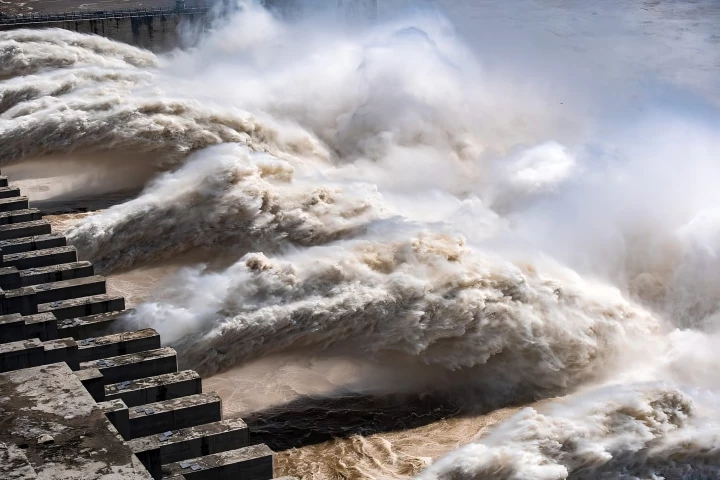 Something’s going on beneath the surface of North America. NASA/Goddard Space Flight Center Scientific Visualization Studio The Blue Marble Next Generation data is courtesy of Reto Stockli (NASA/GSFC) and NASA’s Earth Observatory –
Something’s going on beneath the surface of North America. NASA/Goddard Space Flight Center Scientific Visualization Studio The Blue Marble Next Generation data is courtesy of Reto Stockli (NASA/GSFC) and NASA’s Earth Observatory –
The ancient rock in question is known as a craton. Cratons are the oldest and most stable blocks of the continent that have endured for billions of years, forming a base upon which landmasses rest. In fact, geological classifications recognize around 35 major cratons worldwide.
But “stable” doesn’t mean it’s unchanging. Cratons undergo changes due to the recurring influence of mantle plumes. Mantle plumes are convectional upwellings of hot material from the deep mantle that can cause localized melting and deformations to the overlying crust. For instance, the North China Craton underwent significant disintegration for millions of years and lost its deepest root layers. Geologists have long suspected similar deformations might be occurring underneath the North American continent as well.
Building on a larger project by Junlin Hua, lead author on the new study, the team created a full-waveform seismic tomographic model for North America. This computer model utilized seismic data collected by the EarthScope project and revealed fresh details about the geologic processes happening in the crust and mantle underlying North America.
Researchers have long studied the phenomenon of craton thinning, but it has always been a deeply retrospective process, examining changes millions of years after their occurrence. In contrast, the current study shows that the deformation is happening as we speak, offering researchers a rare opportunity to study dynamic processes like cratonic thinning in real time.
“We made the observation that there could be something beneath the craton. Luckily, we also got the new idea about what drives this thinning,” said Hua.

Researchers hypothesize that the primary driver of the North American craton thinning is the Farallón Plate, which has been subducting (that is, one plate sliding beneath another as they converge) under North America for over 200 million years. Even though the Farallón Plate once played a pivotal role in shaping the North American plate, its ongoing subduction is supplying a steady flow of magma while releasing volatile compounds that gradually weaken the base of the craton.
Although the dripping is concentrated over a particular area of the craton, the Farallón Plate appears to be influencing the entire craton, spanning most of the United States and Canada.
Still, researchers are clear to … [For the balance of this immensely interesting article, please visit: https://newatlas.com/science/north-america-is-sinking-down-into-the-earths-mantle/]
The study was published in the journal Nature Geoscience.
Source: University of Texas at Austin
–
























